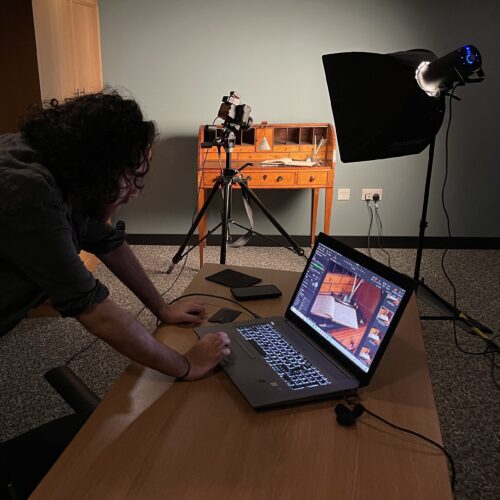
Today is World Photography Day, ‘an annual celebration of the art, craft, science and history of photography.’ This year, we’d like to turn the spotlight on the amazing photographers working in the Cultural Heritage Digitisation Service by allowing them to highlight their favourite collection items they’ve photographed, and to share a piece of their own work as well. We hope their insights into the medium and their technical process will prove both interesting and informative!

The first image we have to share is Malcolm Brown’s selection, a photograph he took of William Burke’s skull. Malcolm tells us, ‘I.C.28 (William Burke) was the 28th Irish (Republic) male body to be dissected at the University of Edinburgh’s medical school in 1829. I spent three days with the skeleton at the University of Edinburgh’s anatomical museum during early summer of 2022. The skeleton had been newly conserved prior to moving to the National Museum of Scotland for the exhibition ‘A Matter of Death and Life.’ I was asked to specifically photograph all the areas of conservation…Inadvertently there are images of Burke’s murder weapons, his knees and hands. Photographing human remains is complicated. There is a constant reminder of the fragility of the material that makes up our bodies. Respect for a human being’s remains is also crucial. This was a living human. Layered on top of that, William Burke took the lives of other human beings for money, sixteen in total.
The white death mask and skull forensic composites (depicted in this image) were compiled out of curiosity having seen very early police forensic composites. This always spoke to me more about mortality and life contained within a physical structure as an unintended consequence of forensic identification.’
You can read more about this object here!
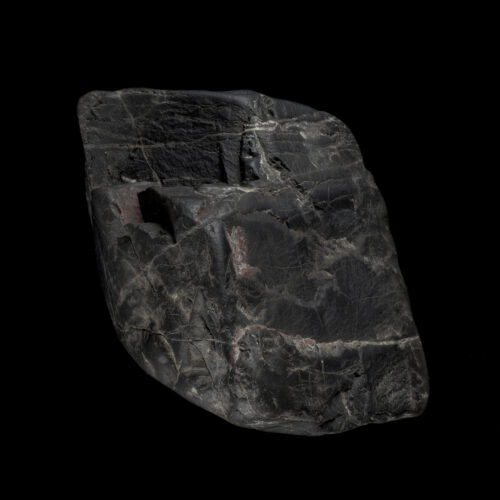
Above we have a piece of Malcolm’s personal work. He explains, ‘This image is a composite of 50 images. Each 16-bit individual capture is around 600Mb x 50 – this equals around 30gb of data for one image. What you are looking at is 50 images as a singular image. There are multiple focal points. Sliced focus where the depth of field is extremely narrow and is the point from which diverging rays appear to proceed. A stone scarred, fractured, broken and bent into its current shape by the oceans. Collected on Portobello beach Edinburgh circa 2010-2014.’
You can see more of Malcolm Brown’s work on his website: https://out-of-sequence.com/Home
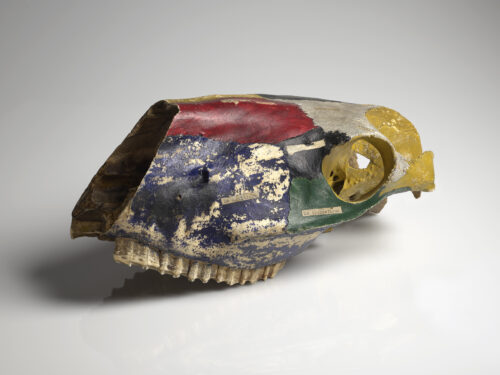
George Hodgson’s favourite collection item is shown here – a painted cow skull from 1840, which was once used as a teaching tool at the Royal (Dick) School of Veterinary Studies. ‘The skull is painted in large sections, with each swathe of colour being defined by the skull’s sutured joints. These lines are a type of Synarthrosis and display the points where the free-floating sections of the skull found in infancy have fused. This leaves a single, rigid, contiguous skull.’
You can read more about this object here!
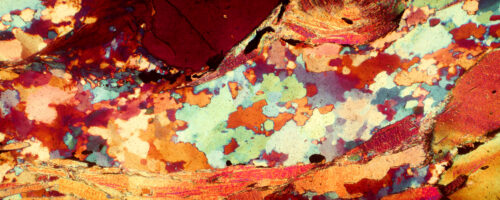
Pictured here is a piece of George’ own work, a geology sample under a polarising light microscope. George tells us, ‘When viewed under the naked eye, this sample looks like a sad smear of colourless sand across a glass slide. However, when viewed under polarised light, vivid hues are cast out. The real-world width of this image is less than half a centimetre, and yet the image is a composite of over 200 images.’
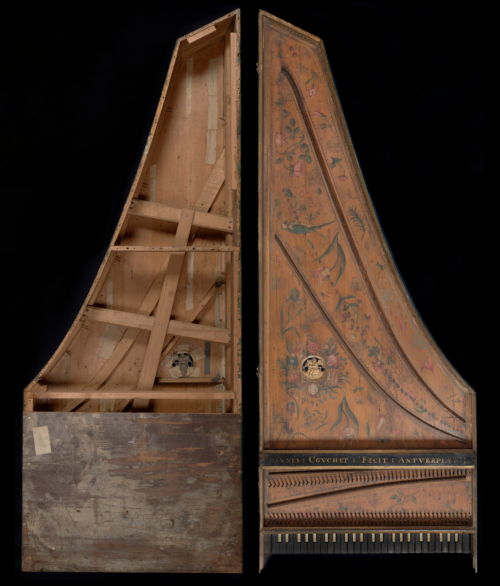
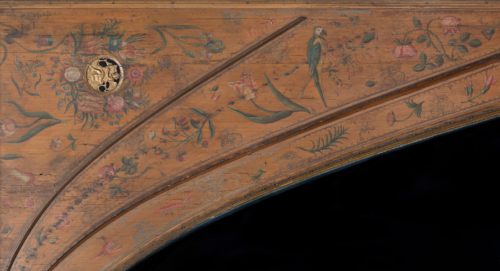
Next up is Juliette Lichman’s favourite collection item. She tells us, ‘My favourite collections objects I have photographed at work are the harpsichords at St Cecilia’s Hall. Of these, I’d like to highlight the Couchet harpsichord. It has featured on the DIU blog before but deserves another mention, as it truly was a privilege to photograph. Aside from loving the harpsichord as an instrument in itself, I enjoyed the challenge of photographing an item so large and varied in materials and textures. A range of knowledge and technical expertise was required to capture the object successfully, showing all the painted details on the surface. It was a nice bonus to also take photographs of the underside – a humble wood framework, starkly contrasting the top, which is rarely seen in public displays. The polarity of displaying them side by side gives a wonderful effect and really illustrates the masterful craftsmanship of harpsichord makers. Working with the staff at St Cecilia’s Hall was a pleasure as always, and their assistance and knowledge in moving such large instruments helped in the creation of these images.’
You can read more about this object & project here!
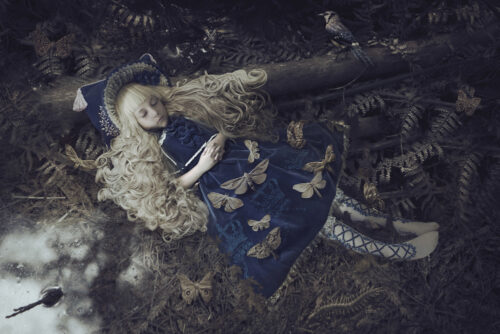
Shown above is a piece of Juliette’s personal work. ‘My photography work outside the department varies quite a lot, from commercial freelance work to fine art photography. I’ve chosen an older work from almost 10 years ago, which best illustrates my love of Adobe Photoshop. I have been working with Photoshop since 2007 when I used to make photo composite art after school as a hobby. Back then the program had limited tools and features compared to today, so it took a lot more time and effort to make things look blended and seamless (brushes were hard-edged only!). I used photoshop long before I learned photography, different to most photographers.
For this work I combined around 25 different photographs, using my friend’s daughter as a model originally shot indoors, the background was compiled from 4 separate photographs from a holiday to New Zealand, the hair was a wig that was photographed separately over and over taking into account the way it would naturally fall in the final image, the moths, insects and bird were all photographs I took at a natural history museum and the pillow was also added in.
I’d like to think my compositing skills have improved since this image, and I am currently working on new creative projects. The newest iterations of AI imaging give people the ability to effortlessly change elements with a click of a button, but I find it rewarding to work from scratch, following the art principles and problem solving issues of colour, proportion, lighting and shadow.’
Photography is truly an incredible art form – at once both documentary tool and medium for self expression, something which is evidenced so beautifully in the work and skill of our photography team. On this World Photography Day, we are thrilled to have had the opportunity to celebrate the work of our colleagues, and we encourage our readers to pick up a camera and try photography out for themselves!
You can access images created by all three photographers and the Cultural Heritage Digitization Service team for the University of Edinburgh on our image collections site.
By Marian Conlan & Miranda Strachan, Digitisation Operators, with thanks to the CHDS Photographers
Be First to Comment